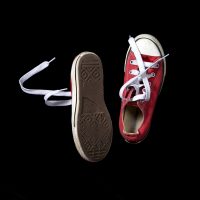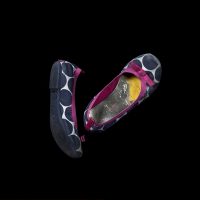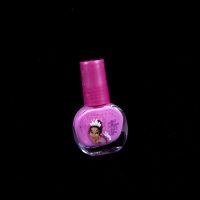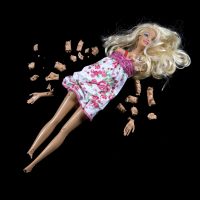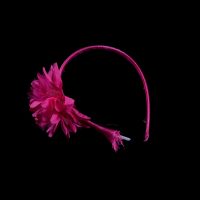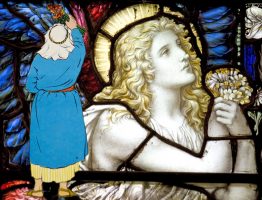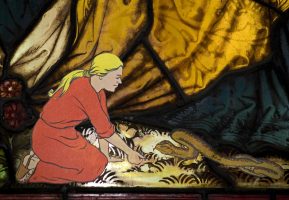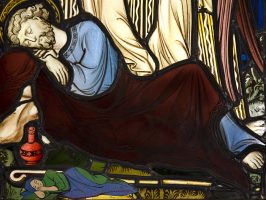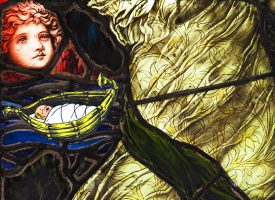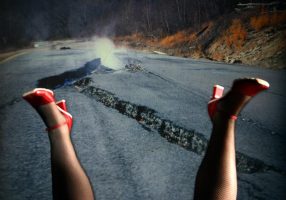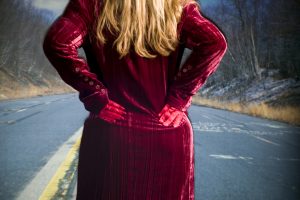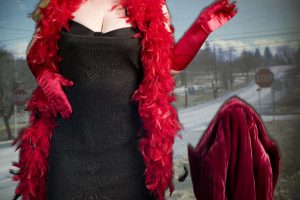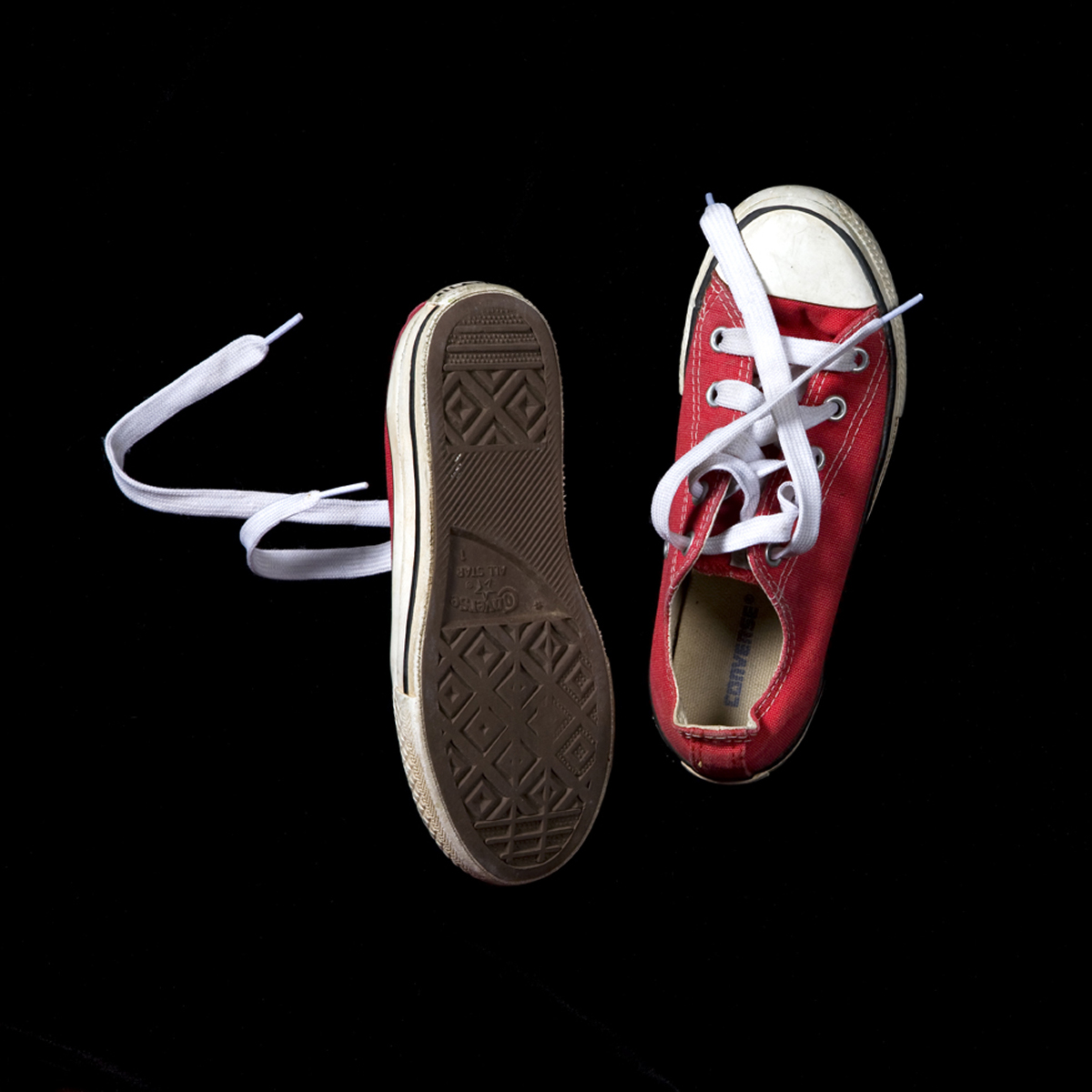
Julie Williams-Krishnan is a photographer who has divided her time between her own fine art work and various roles within the photographic and educational communities both in the UK and USA. We find out more about her career and life experiences…
Who are you?
My name is Julie Williams-Krishnan. Thank you for wanting to get to know me a bit!
I grew up in a small town in Pennsylvania, and from the age of 18, when I went off to college, I have lived in Washington, DC, Pennsylvania, London (for 16 years), and now the Boston area for the last 5.5 years. I also got the travel bug, and I have been fortunate enough to travel to about 65 countries.
I am married to a wonderful man from India whom I met in London. We have an energetic and wonderful 9 year old daughter, and a really cute dog named Jazzy.
I juggle working part-time as the Director of Programs at the Griffin Museum of Photography and as a higher education consultant, and working to make my own fine art work. Oh, and there is being a mom, too!
When did you first discover your interest in photography?
I have always been interested in photography, but I had no mentors in my small town. I just took pictures with our little point and shoot cameras, and looked at magazines – I remember loving the rich imagery in National Geographic and Vogue magazines. When I was in college I wanted to take a photography class (module – you would call in the UK), but you had to have a manual camera. My family could not afford one, so I ended up taking a pottery class instead. But my interest just kept growing, and before I moved to London in 1993, I bought a hybrid SLR camera, which had some controllable features, and I used that camera for about 10 years and it went with me on most of my early travels. Sometime around 1998, I traded an old, broken motorcycle for an Olympus film camera and took a darkroom class. I still have the exhibition print from that class hanging on my wall in the living room. So, in 2004, I bought my first digital SLR – 6 Megapixles, which seemed massive at the time! And I decided to go back to school and study photography. I was 38 years old, and I was so excited to be able to finally dive in.
Where did it go from there?
I had worked in the admissions office for many years at an American university in London, so I contacted the head of photography, Mary Robert. She helped mentor me, and I ended up working as a lab technician in the darkroom for a number of months, and then I was her assistant for a while. I took studio photography and digital photography modules during that time, and just worked on building a portfolio. I really owe a huge thanks to Mary Robert, John Dickerson, and Kristian Skeie (he is doing powerful photojournalist work – check him out at http://ks-imaging.blogspot.com/) who encouraged me and helped me put together the portfolio that got me into the MA in Photographic Studies program at the University of Westminster.
I loved being a student and really immersing myself in both projects and theory. I had previously studied for an MA in literature, so the theoretical studies were also fueled by earlier study of literary criticism and theory, in which I was particularly interested in autobiography, feminism, and the agency of the body. For my final MA photography project, I ended up using the studio as my theatre and performing a burlesque striptease in front of projected images that I took in a town in Pennsylvania that had been burning underground for 40 years – the duration of my life, at that point. I titled the work “The Slow Burn”.
What was your first job?
After graduating from Westminster, I tried to figure out how to build a new career. I ended up freelancing a bit, and regularly took photographs of massive billboards for a media company, assisted a food photographer, photographed some events, and eventually, I started teaching “Introduction to Digital Photography” at the university where I had worked for all those years. I adored teaching, and I did that for 2 years while juggling the other things. I also entered work into shows and competitions. I became a member of the committee for The Renaissance Photography Prize (http://renaissancephotography.org/), an international photography competition that raises money to support younger women with breast cancer. In 2010, my husband and I decided to move back to the US, and yet another a new beginning ensued.
How did you get from your first job, to where you are now?
When we moved to the US, I volunteered for a bit at the Griffin Museum of Photography (www.griffinmuseum.org). I applied for some photography jobs, and was offered some work – photographing school children or newborn babies – but it did not suit me. I said no to all three offers, and the next day I got an email from an old friend asking me to assist her as a higher education consultant. Having been a starving artist for many years, I decided I would accept that job and just focus on my fine-art photography. I was happy to be able to contribute to our family finances, use the regular salary to fuel projects and to finally buy those wonderful Elinchrom lights I had lusted after for many years. This has been a whole new approach, and sometimes I feel like I have a split personality, but in general, I am very grateful for this balance. I am able to pursue projects that intrigue me, and I can afford to produce the work.
In the meantime, I have taken several courses, such as the Atelier at The Griffin Museum of Photography and elsewhere around Boston. In April 2015, Paula Tognarelli, the director of the Griffin, approached me and asked if I would like to help with programming at the museum. I was honored to be asked, and of course, I accepted immediately! So, since June 2015, I have been working at the Griffin part-time, and have been able to connect more deeply with the photographic community both regionally and nationally. My first task there was to manage the New England Portfolio Reviews in summer 2015, so that was quite a big first job! I am currently organizing a lecture on “An Introduction to Japanese Photography” with Dr. Francine Weiss, a lecture on “Ideas on Things” with Alison Nordstrom, a workshop on “Concept and Creativity” with Sybylla Smith, and I will be assisting Neal Rantoul in his master course on “Photographic and Artistic Principle, Theory and Practice”. This work is like oxygen for me.
What work of yours would you say best represents you and your practice?
My work is centered around personal experiences and things close to me. I have been photographing my husband’s home in India (The Bindi Collection and The Third Eye are bodies of work that I have made there), as well as photographing objects that were important in my childhood and recontextualizing them. I am also photographing my daughter’s things, such as shoes and broken toys. And of course, I engage with the outside world with my camera and see what comes of that.
As a result, my work is varied, but the core set of values driving it is not. It is about story – mine, and those close to me – and about my relationship to and curiosity about the world around me. I wanted to be a missionary growing up, and perhaps that desire to share a kind of ‘truth’ drives my practice. “The Slow Burn” was a kind of coming out as a photographer/artist, and since then, I’ve been deepening my investigation into my story, which is layered. I did a body of work entitled the “The Threshing Place” and that utilized materials my mother used to teach Bible stories to children, myself included. I juxtaposed these figures of Biblical characters against the stained glass windows in a Unitarian church in London to find new and old meanings. I also went back to my old school in the basement of a church in Pennsylvania and photographed there, too – finding some ghosts, for sure.
In 2015 we blogged about the inclusion of your work in the Photography Atelier 22 exhibition, at the Griffin Museum of Photography. Can you explain a little about what the Photography Atelier project is and how it has influenced your work?
First, I want to thank your for sharing the Photography Atelier 22 show with your community! The show went well, and we are soon going to hang the Photography Atelier 23 show, and the Photography Atelier 24 course begins in March 2016. The Photography Atelier is a course for emerging and advanced photographers taught by photographers Meg Birnbaum and assistant instructor Amy Rindskopf. The class is built primarily around the practice of supportive democratic critiques, peer feedback, and critical discussions of each other’s work. Participants all share a passion for photography and want to take their work to the next level. The class culminates in an exhibition at the Griffin Museum of Photography as well as online exhibition. Participants work will appear on the Photography Atelier website, www.photographyatelier.org.
For me personally, the Atelier has been a great place to get focused and make new work in a supportive environment. The first time I took the Atelier (Atelier 19), I broke out of my head and just started walking around and taking pictures again. This resulted in a series of walks and work that came from these walks. I exhibited work from “A Walk in the Orchard”, which you can view here: http://photographyatelier.org/atelier19/juliewilliamskrishnan/01page.html
Your project Seven-Eight which was part of the Photography Atelier 22 show shows us a selection of children’s shoes, hairbands, broken dolls and other items. Can you explain a little about how this project came about and the process behind selecting the subjects?
To begin to answer this question, I’ll share the first part of my artist statement for this body of work:
This work is about a daughter. She turned eight and is growing incredibly fast.
This work is about time. Moment by moment. It flies.
This work is about an amazing little girl.
Who loves shoes and nail polish and hairbands and dolls and princesses and pink.
This work is about family. Including a puppy. Who eats dolls.
This work is about a mom. Who wants to bottle it all up and keep it forever.
As a mother, I have become increasingly aware of time and how fast it moves through us. This work is an attempt to hold on to moments and objects for just a little while longer. It is also about material culture, and making meaning, and how objects carry meaning. And it is about story. I photographed all my daughter’s shoes, all her nailpolish, and lots of other objects, many of them broken. As she outgrows the shoes, and the Barbie doll gets destroyed, and the butterfly hairclip stops flying, these things will leave our home. But they were companions on our journey, and I want to honor them.
It is almost one year since I photographed all my daughter’s shoes – I think it is soon time to photograph the new collection!
Who or What inspires you?
On a personal note, my daughter inspires me – she is funny, resilient, wise, open-hearted, and an adventurer. Photographically, I am inspired by artists who look at issues of identity, who perform, and those who dive in deep and take personal risks. Photographic influencers for me are artists such as Cindy Sherman, Francesca Woodman, and Duane Michaels. And, from a literary point of view, I have to cite Allen Ginsberg as a very early boundary-breaker for me. I am also inspired by Aline Smithson (http://alinesmithson.com/), who has created amazing work, built a wonderful career, and has become a very influential voice in the photographic community through her blog, Lenscratch – http://lenscratch.com/. I heard her speak at The Griffin about two years ago (and we have a solo show of hers opening in April), and I remember her saying that she started out just doing one thing each day for her photographic practice.
Run us through your average working week
Well, given the blend of all that I am doing, let’s just say it is a juggling act and leave it at that.
Where do you see yourself in 10 years time?
I am going to put this out into the universe. I want to be deeply involved in my photography/art practice, producing, exhibiting and selling work. I want to be financially secure, and if that can come from work connected to photography, that would be ideal. I want to be in a position where my voice is influential in the photography community, both because of my own work and by supporting other artists. I would hope to be doing some or all of the following: teaching, curating, directing an organization, being involved in portfolio reviews, maybe writing or lecturing. And, I hope to have work in collections in major museums (the Tate Modern being a particular dream of mine – if I may be so bold!)
I am going to put those intentions in an envelope, keep on task, and let the universe get to work! Let’s see how things align in 10 years!
You can see more work by Julie Williams-Krishnan at her Shutter Hub profile here.
Is there someone that you’d really like to see us interview on Shutter Hub? Drop us a line and let us know!
